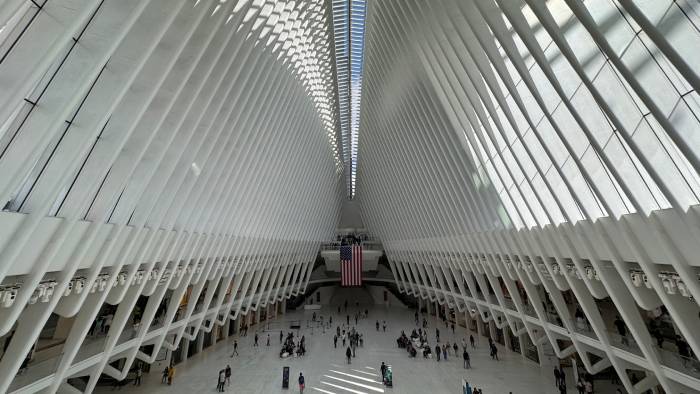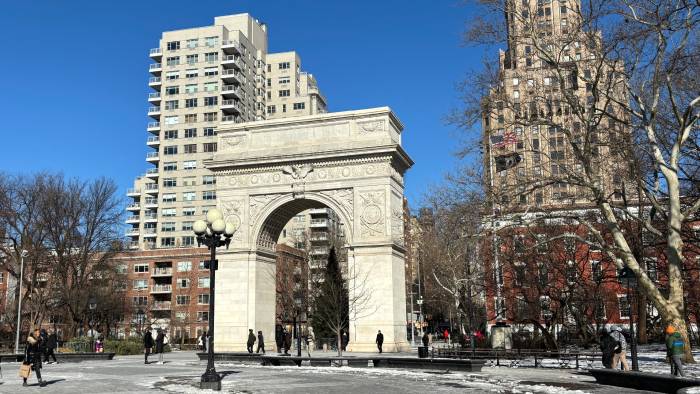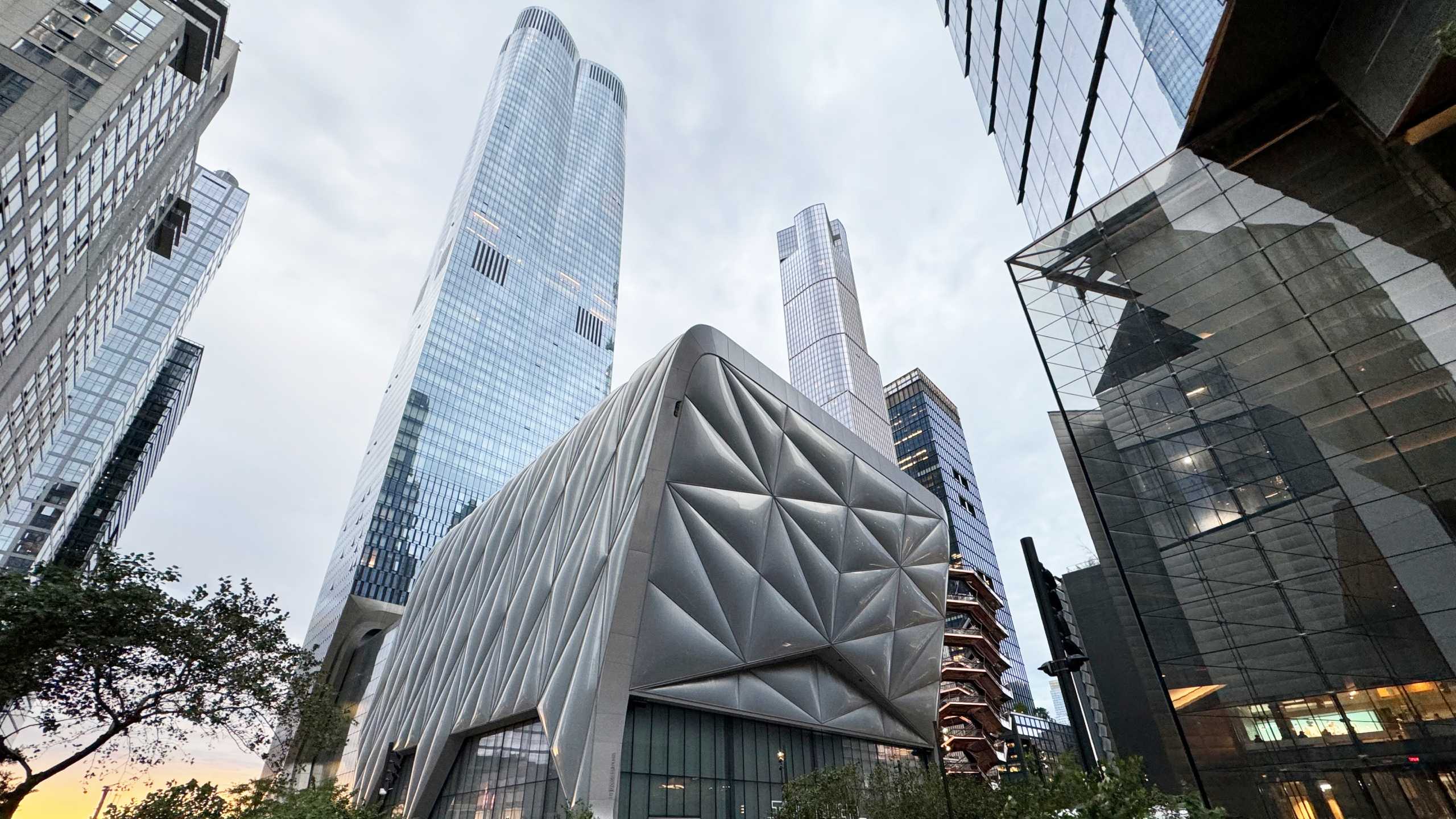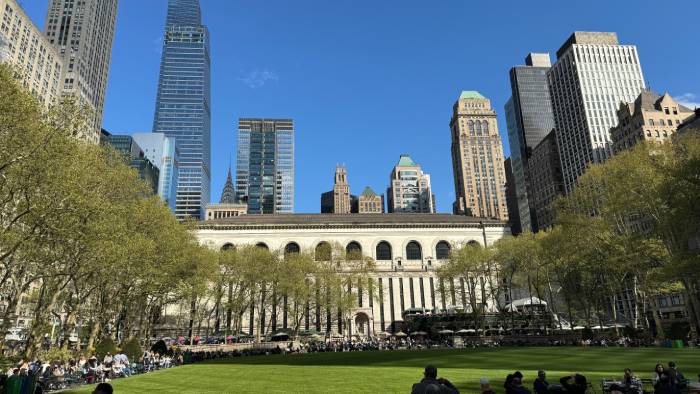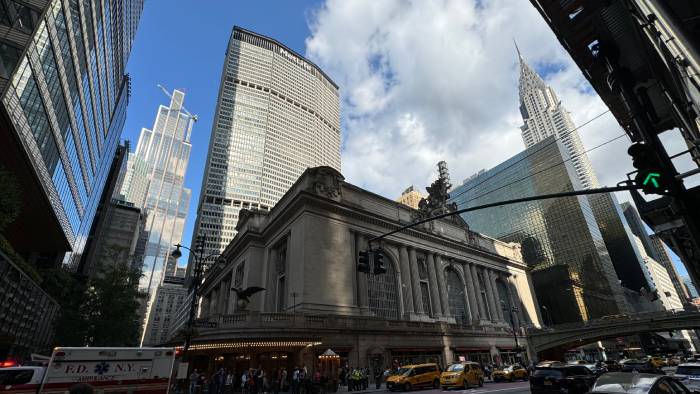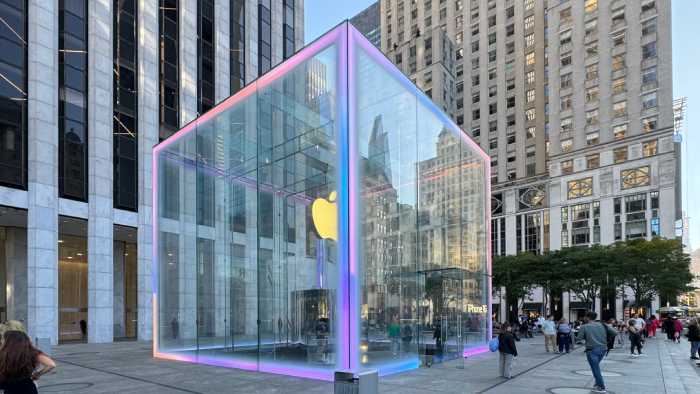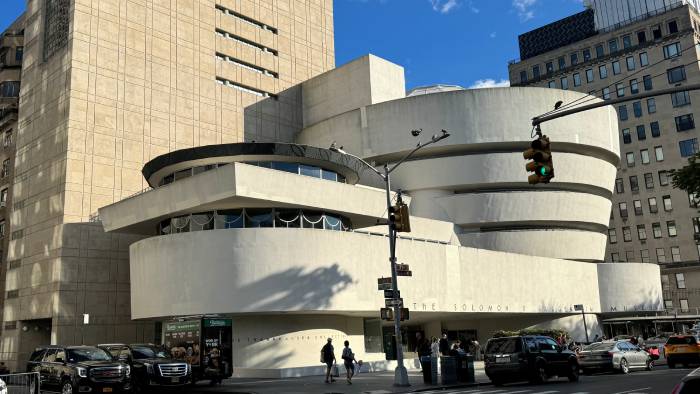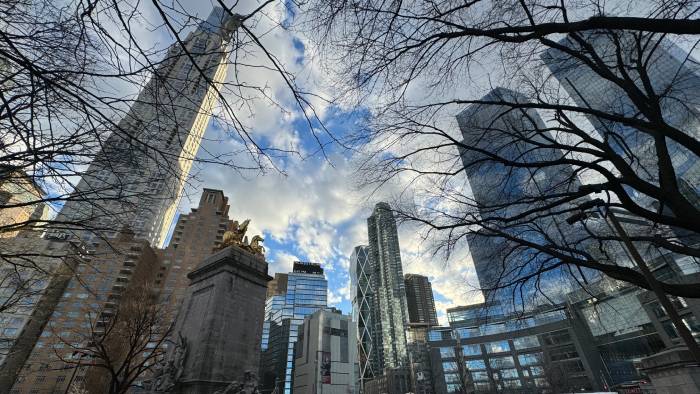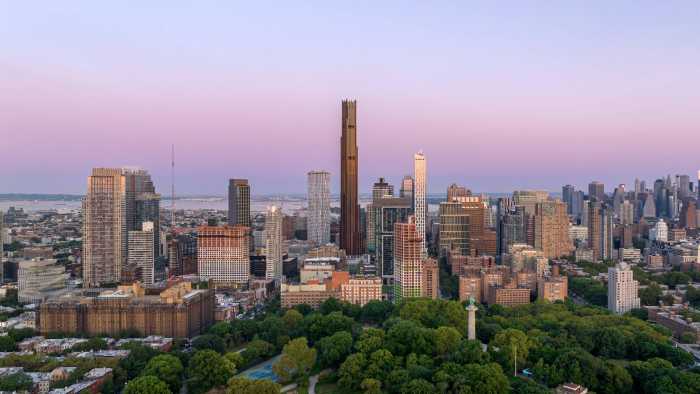Tours Details
Date: TBD
Start time: 2pm EST
Duration: 2 hour (~35min walking)
Meeting Point: Wall St. and Broadway
Participants limit: 10
New Amsterdam 400 Years Architecture Tour: Discover NYC’s Dutch Roots
Explore the origins of New York City on this fascinating architecture tour, tracing 400 years of history from the city’s Dutch beginnings as New Amsterdam. Founded in 1625 by the Dutch West India Trading Company, New Amsterdam was a bustling trading post that eventually became the financial and cultural capital we know today.
Experience the Evolution of New York City’s Urban Form
Walk the original boundaries of New Amsterdam as it stood in 1664, when the British seized control and renamed it New York. Discover how the Dutch influence shaped the city’s early development, blending medieval town planning with Renaissance ideals. Contrast this with the 1811 Commissioners’ Plan, which introduced the famous Manhattan grid—a symbol of Enlightenment-era urban design.
This tour showcases NYC’s transformation, from its humble beginnings as a “company town” for Dutch trade to a global financial hub with groundbreaking skyscraper architecture. Along the way, you’ll uncover the layers of history that make New York’s downtown a living museum of urban morphology.
Some of the Places Featured on this Tour
Highlights of the Tour
Visit iconic landmarks that capture the essence of New Amsterdam and its evolution into modern-day New York:
- Wall Street & Broadway – The heart of NYC’s financial district.
- Trinity Episcopal Church – A historic centerpiece of Lower Manhattan.
- 1 Wall Street (Bank of New York) – A masterpiece of Art Deco architecture.
- Wall Street Subway Station – Explore the subterranean infrastructure that moves millions daily.
- 1 Broadway (International Merchant Marine Co.) – A symbol of NYC’s maritime history.
- 8 Broad Street (New York Stock Exchange) – The birthplace of global finance.
- 1 Bowling Green (Alexander Hamilton U.S. Customs House) – A Beaux-Arts treasure.
- 54 Pearl Street (Fraunces Tavern) – A Revolutionary War-era landmark.
- Stone Street Historic District – Step back in time with cobblestone streets and colonial charm.
- 1 Hanover Square (India House) – Home to New York’s maritime past.
- 40 Wall Street (Trump Building) – A historic skyscraper in the heart of the financial district.
- 28 Wall Street (Federal Hall National Memorial) – The site of George Washington’s inauguration.
Languages
- Public tours are conducted in English.
- Private tours are available in English, Spanish, Italian, French, Russian, Bulgarian, and Catalan.
Why Choose This Tour?
This architecture tour is perfect for history buffs, architecture enthusiasts, and anyone eager to uncover NYC’s origins, this tour reveals the Dutch foundation of New York while highlighting the dynamic architectural transformations of the city over four centuries.
Trinity Church
Your Architect Guide
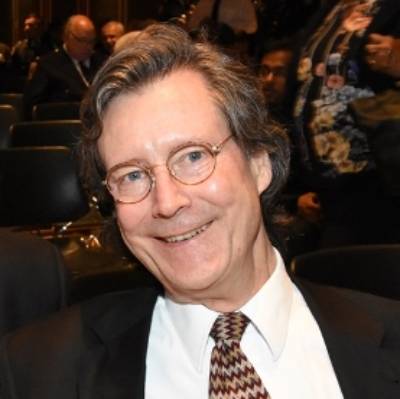
William M. Singer, AIA, LEED, NCARB
William is an architect and urban planner, currently working as a discerning Code and Zoning Specialist for the NYC Department of Buildings. With a long and rich background in designing and constructing major public facilities—including courthouses, schools, transportation hubs, and cultural landmarks—William brings a wealth of knowledge to our tour. His impressive resume includes being a partner at Gruzen Samton Architects, a leading NYC architecture and planning firm, a Senior Fulbright Scholar in Slovenija, with graduate degrees in both Architecture and English. For the exceptional renovation and modernization of El Museo Del Barrio, he was honored with a City of New York Arts Commission Excellence in Design award (2004), a NYS AIA Merit Design Award for Adaptive Reuse (2011) and a Municipal Arts Society Master Works Award for Community Catalyst (2012).
William blends his passion for architecture, urbanism and history into a love of teaching—sharing information and knowledge. His 13 years of teaching in NYU’s Graduate Program for Real Estate Development, where he created and honed his cycle of walking tours, merge with 10 years of providing tours to One To World, the official Fulbright Programming organization in the NYC Metro area, enhances his knowledge of NYC through active engagement with tour colleagues—questions and discourse about NYC significantly sharpen the focus of observing the city. The way to know a city is through one’s feet.
Join our Small-group Public NYC Tours
Enjoy the opportunity to learn through the streets of New York City. Build Tours’ small-group public tours combine education, exploration, and inspiration for an experience you’ll never forget.

